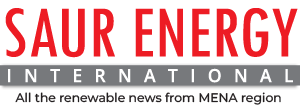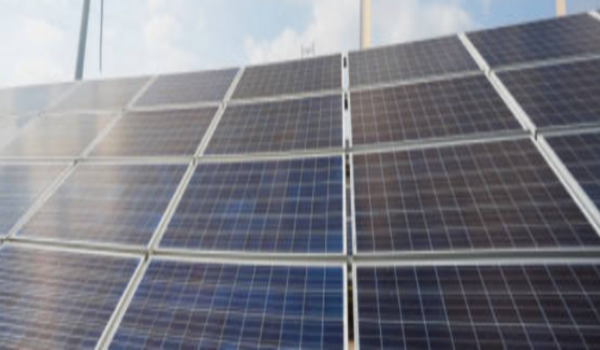Aljomaih Energy and Water Company, along with France-based TotalEnergies Renewables, has completed financial closure for the Rabigh 2 Solar Independent Power Plant in Saudi Arabia. The project has a capacity of 300 megawatts (MW). The total investment for the project is around 825 million Saudi riyals, which is approximately 220 million U.S. dollars.
The project comes under the fifth round of the National Renewable Energy Program (NREP), overseen by the Ministry of Energy. A 25-year Power Purchase Agreement (PPA) was signed in December 2024 between the consortium and the Saudi Power Procurement Company (SPPC).
The solar power plant is scheduled to connect to the national electricity grid in 2026. It will be built, owned, and operated by the consortium. The project contributes to Saudi Arabia’s strategy to balance its electricity generation sources. The current plan is to reach a 50-50 split between gas and renewables by 2030, reducing the use of liquid fuels.
Aside from Rabigh 2, Saudi Arabia has several other solar projects. For example, In Al-Jouf province, a 50 MW solar plant is being installed near Sakaka to support local water desalination. The project is managed by a local engineering firm under contract with a regional utility. In the Eastern Province, a rooftop solar program on industrial warehouses is being rolled out in phases, with each phase delivering around 10–15 MW of capacity.
Another initiative underway is a 5 MW hybrid solar-diesel microgrid set up in an isolated area of Asir, aimed at reducing reliance on diesel generators. The system includes battery storage to extend supply during non-sunny hours.
Saudi authorities are also supporting small-scale pilot projects that combine solar and agricultural activities, known as agrivoltaics. One such project near Hail covers 2 hectares and has a dual use for energy generation and crop production. While small, it’s designed to study performance under desert farming conditions.


